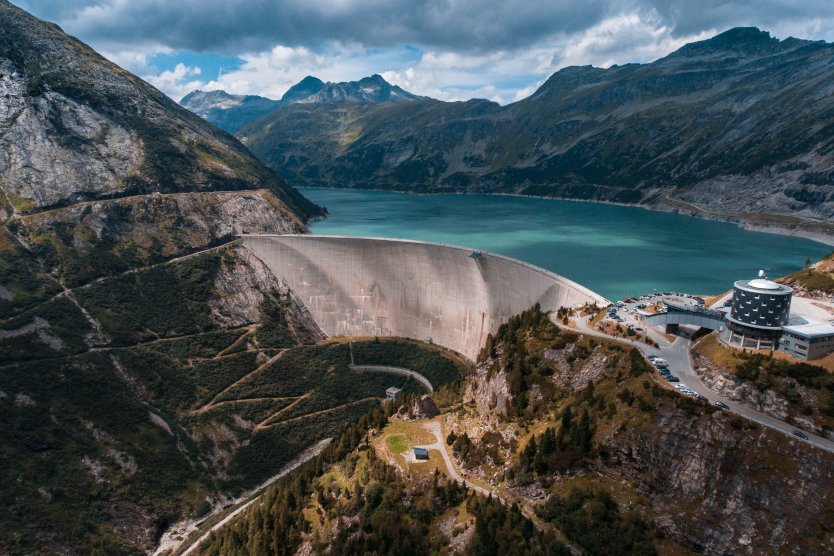
Conventional hydropower plants have a negative impact on the environment, especially on the fish stock. A team from the Hydraulic and Water Resources Engineering department have designed and helped to implement a hydropower plant that dramatically lowers the impact on aquatic life.
© Unsplash
Hydropower may be a plentiful source of renewable energy, but most plants no longer pass the rigorous new environmental protection standards in Germany and other countries. In conventional, run-of-river plants the water is diverted away from its natural course to a powerhouse to drive turbines, but the current can drag fish towards the machinery where they can be killed or injured. Furthermore, natural habitats and migration routes are disturbed.
Enter the Technical University of Munich (TUM): a team from the Hydraulic and Water Resources Engineering department have designed and helped to implement a hydropower plant that dramatically lowers the impact on aquatic life. The world’s first hydro-shaft plant has been incorporated into a weir in the river Loisach, in a mountainous region. The shaft encasing the turbines has been sunk 2.5 metres down into the riverbed, just upstream of the fall.
Water flows down into the shaft to drive the turbines and is returned to the river under the weir. A small body of water flows over the top and gaps within the structure here allow fish to pass downstream unharmed. Fish can also migrate upstream via a “fish pass”. There will be some impact on the habitat (tiny fish can be dragged into the shaft), but the vast majority will make it through unscathed. The plant, which was built by a municipal utilities company, will supply 800 households with power.
A TUM spin-off, Hydroshaft GmbH (which was founded by the concept creator Albert Sepp) has acquired the rights to use and licence the technology. Twelve more hydro-shaft plants are at the planning stage in Germany. “We can expect to see hydropower plants being built around the world, many of them in regions with a high level of biodiversity,” Rutschmann is quoted in a press release. “The shaft power plant concept can help to preserve rich river-based habitats.”


